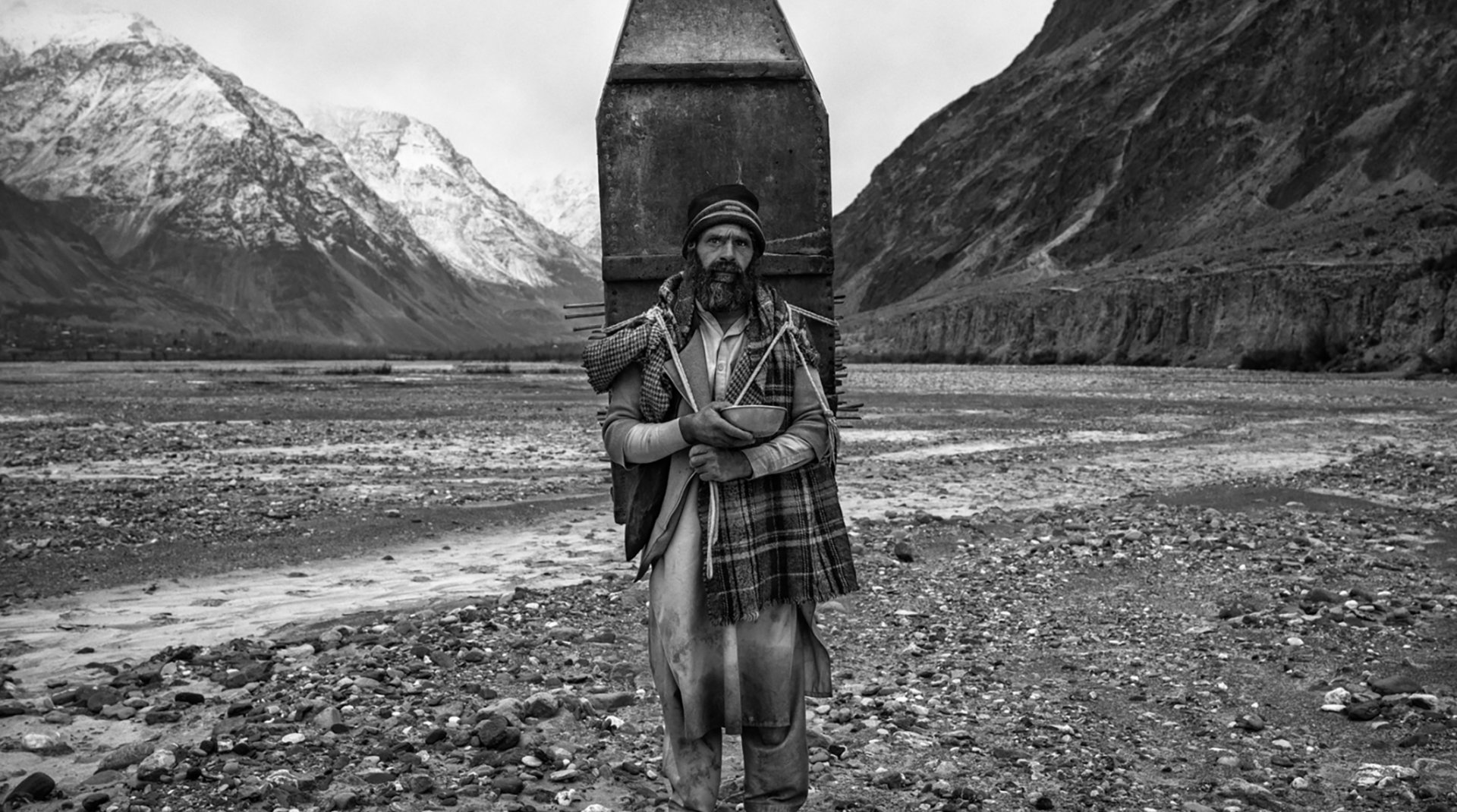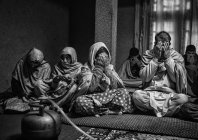Login or register for free to continue browsing
Access all this year’s exclusive online content

Kashmir. Wait & See
Cédric Gerbehaye
Since the bloody partition of the Indian subcontinent that was hastily decided in 1947, Kashmir has become one of the most militarized regions in the world, and the scene of multiple wars between India, which is predominantly Hindu, and Pakistan, which is predominantly Muslim. These two nuclear powers are fighting over a territory that is at the heart of a mountainous, geopolitical crossroads. It is one of the oldest disputes managed by the United Nations. The contested territory is divided into three regions: Jammu and Kashmir, administered by India, Azad Kashmir, and Gilgit-Baltistan, administered by Pakistan.
Preview
01 of 03





